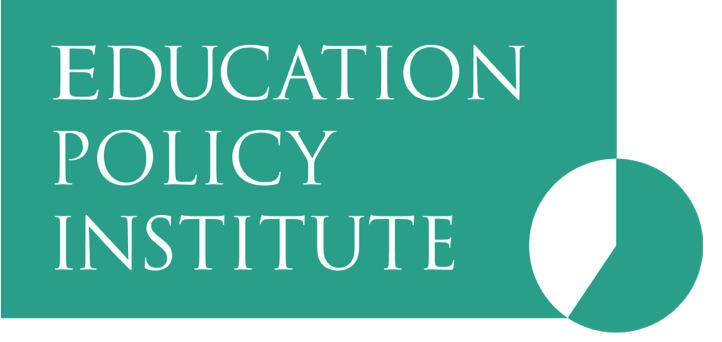Last week, the Department for Education released the first school workforce statistics that are free of the pandemic’s influence. Teaching witnessed a boom in recruitment during the pandemic as private-sector job opportunities dried up and graduates sought more secure employment. As new data were collected in November 2022, changes from the previous year relate to the decisions made in the 2021/22 academic year, which was fairly undisturbed by the pandemic of 2020.
Last year’s statistics showed hints of teachers beginning to leave the profession but retention rates remained above the depths of 2019/20. We hypothesised at the time that falling numbers of teachers in London might foreshadow contractions across the rest of the country, as it too emerged from the economic hardship of the pandemic. Unfortunately, it appears that is now happening.
Both the school workforce and the teaching workforce grew between 2021/22 and 2022/23. There are about half a percent more teachers than in the previous academic year and the number of teaching assistants (TAs) has also grown by nearly two per cent. In primary schools outside London, the growth in TAs has more than offset the loss of teachers this year.
Unfortunately, that headline figure obscures variation across regions and phases. The number of primary teachers has fallen across the country, and particularly in London, while the rate of increase in the number of secondary teachers has not kept pace with increasing numbers of secondary pupils. Compensating for falling numbers of teachers with more teaching assistants is not a route to improved teaching and may harm the provision of quality education in the years ahead.

